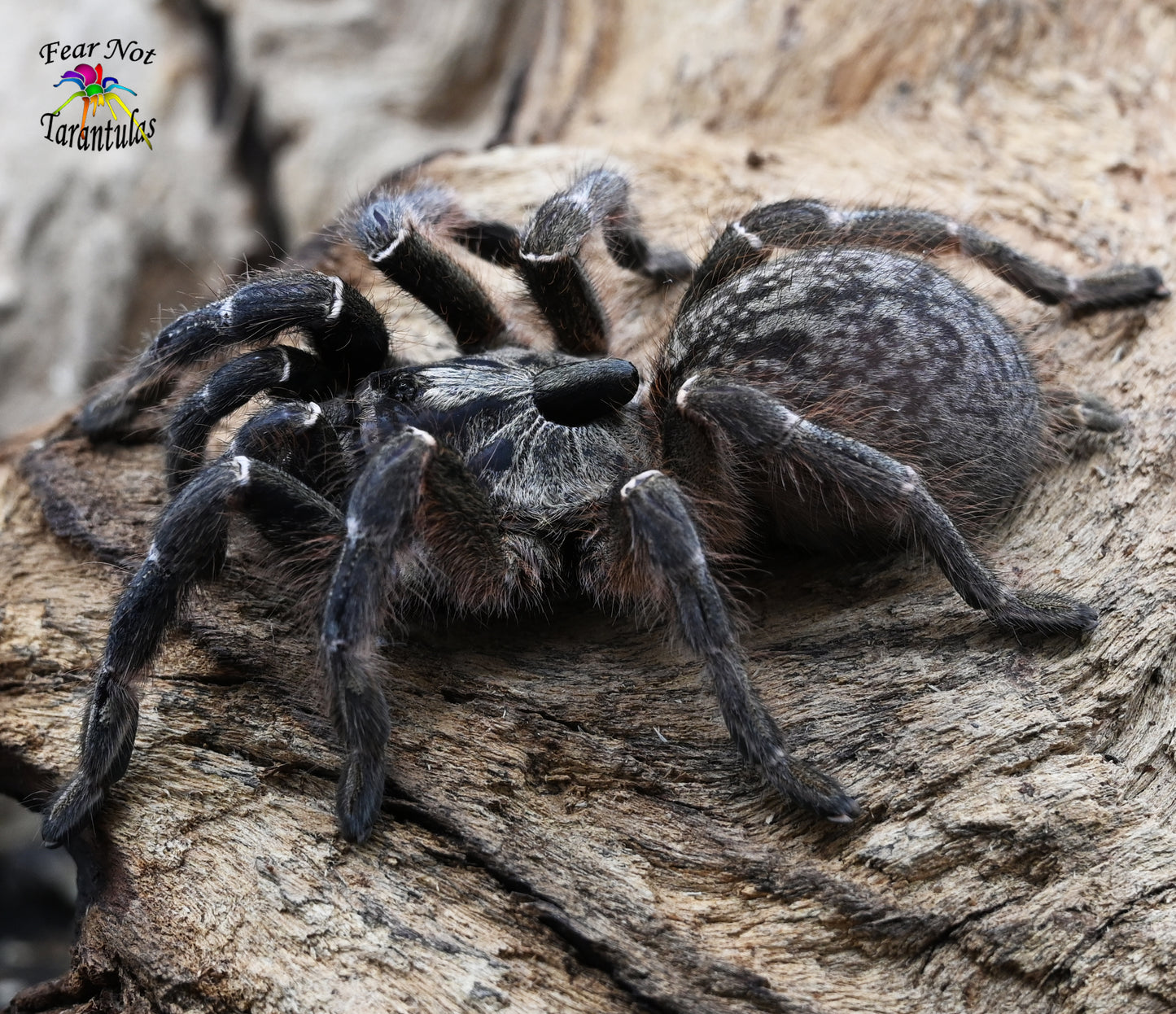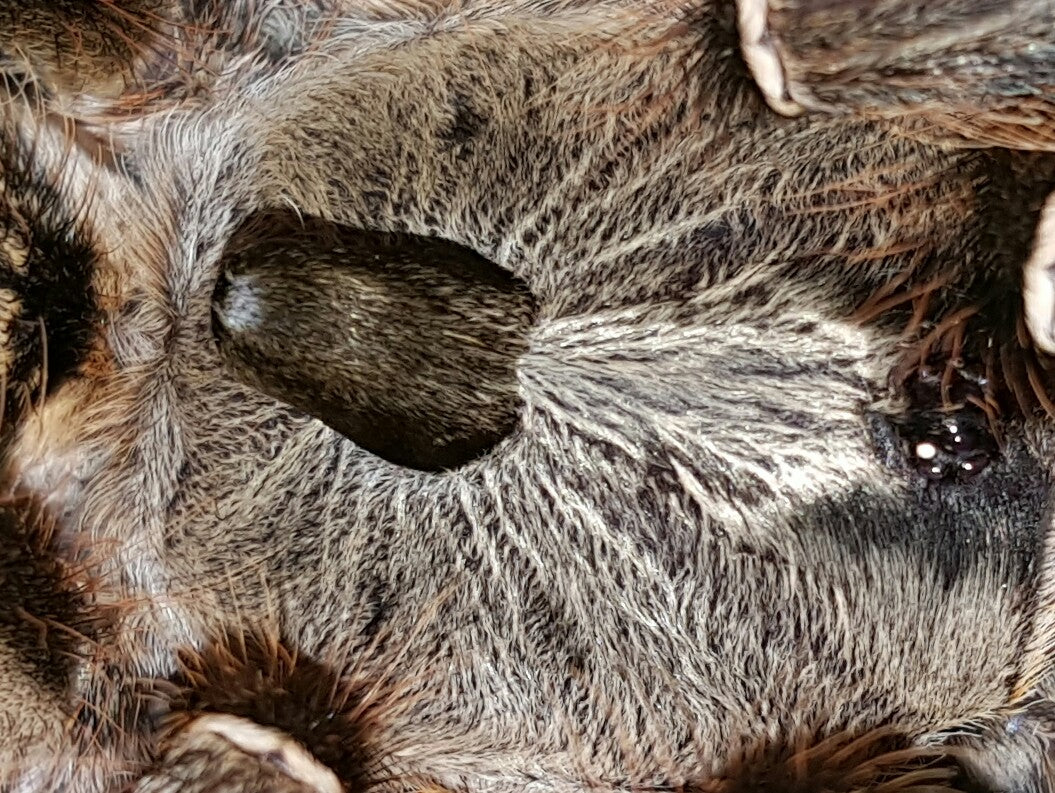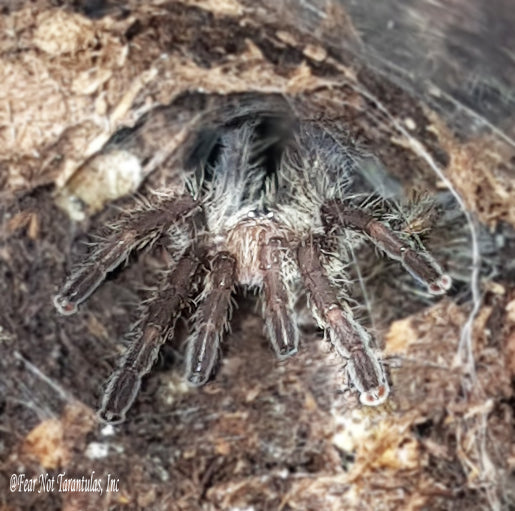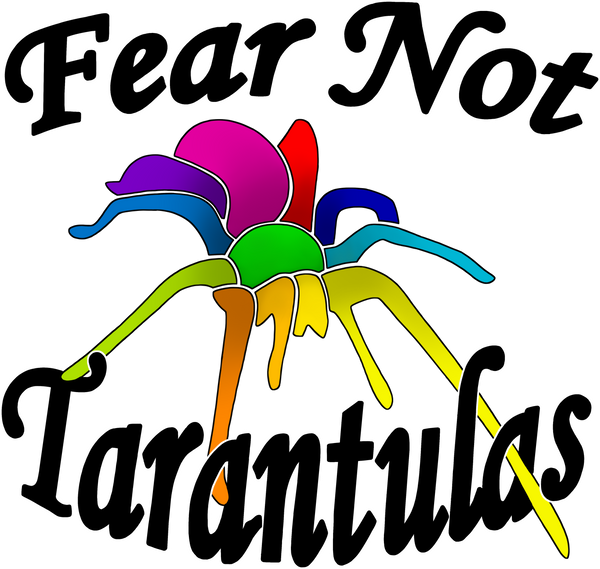Fear Not Tarantulas, Inc.
Ceratogyrus darlingi (Rear Horned Baboon Tarantula) around 1 1/4" - 1 1/2"
Ceratogyrus darlingi (Rear Horned Baboon Tarantula) around 1 1/4" - 1 1/2"
Couldn't load pickup availability
We feed our spiderlings red runner (Turkish roach) roaches. They are perfect for all sized spiderlings because they are soft bodied and are available in sizes from very tiny hatchlings on up to about 1". Check them out here! Fear Not Feeders
Ceratogyrus darlingi (Rear Horned Baboon Tarantula) for sale!
Scientific Name: Ceratogyrus darlingi
Common Name: Rear horned baboon
Type: Old world, fossorial
Endemic Location: Botswana, Mozambique and Zimbabwe
Adult Size: 2.5-4"
Diet: Crickets, roaches and mealworms
General info: The Ceratogyrus darlingi (Rear Horned Baboon Tarantula) is a unique fossorial species from southern Africa, with a horn that grows from the carapace. It requires deep substrate to burrow as an adult. Its unique appearance makes it a special addition to the experienced keeper's collection!
For more information, check out our information and care sheet HERE
Make it a package! Our packages include a habitat, substrate, foliage, feeders, a guide about raising up spiderlings, and a 30 day live guarantee! You must choose to make it a package in this item's drop down menu :) For more information about our "Complete" packages, follow this link

Share







